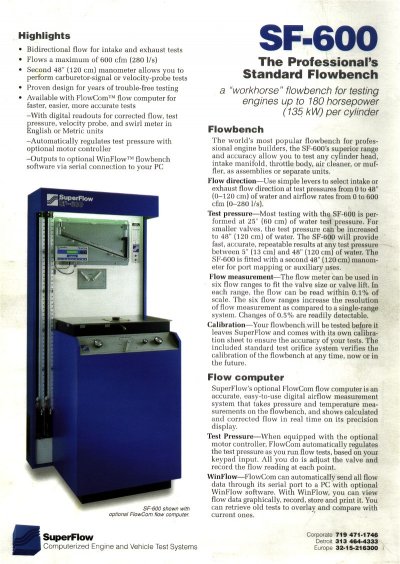Good safety wiring is an art. Turbine engines require safety wire, and I got plenty of practice on air start carts. Still, I'm nowhere near as good as hydraulics technicians. They have to safety wire aircraft components in places where you can't even fit the pliers. They know tricks I still haven't seen. I taught airmen how to safety wire, and the only thing that sucks worse than having your supervisor cut your safety wiring and telling you to start over is being that supervisor and having to listen to the whining and "What was wrong with it?" complaints.
The safety wire needs to hug the bolts as it wraps around it. It needs to be routed so that the tension holds the wrapping strand down, and doesn't let it flop up over the bolts. It can't be too tight. It can't be too loose. The end must be snipped less than an inch long and folded under. You have to use the correct type and size of wire.
Our E36 BMW that we race lost the CV axle bolts at a race. We grabbed some loctite and reinstalled the bolts. Before the end of the race they came out again. I don't know why, but BMW CV axle bolts hold just fine until you hit the track. They'll be good for a few races, and then they'll just start jumping out of the flange. I told our team captain to crossdrill the bolts and I'd safety wire them. Boom! No more problems with the bolts. Last December we went racing at Road Atlanta, and another BMW team was having the same problem. They loctited the bolts and sure enough, they came out again. We told them to safety wire them and as far as I know they stopped having problems.
Our last race we had a CV boot rip, so we pulled the axle and tried (unsuccessfully) to reboot it. When I went to reinstall the axle I realized we didn't have any safety wire. I used some generic wire another team had, and it was a royal pain getting it to wire without breaking when twisting. I did get it together, but we knew it was a temporary fix. Use the correct wire!
The pro pliers are easier to use, but Harbor Freight's pliers work well enough for a hobbyist.
The trick to wiring those crazy multiple-bolt fixtures is to measure the length from the start to finish, and get about half again that length in wire. It's cheap so you don't worry about how much excess you're going to have, except that you have to work around the tails until it's done. There are some cheats when it comes to twisting it, but the more critical the wiring, the less cheating you can do. Theres' also a trick on the final wire tightening on each bolt to get the wire snug, but you'd really have to see it to understand.
The safety wire needs to hug the bolts as it wraps around it. It needs to be routed so that the tension holds the wrapping strand down, and doesn't let it flop up over the bolts. It can't be too tight. It can't be too loose. The end must be snipped less than an inch long and folded under. You have to use the correct type and size of wire.
Our E36 BMW that we race lost the CV axle bolts at a race. We grabbed some loctite and reinstalled the bolts. Before the end of the race they came out again. I don't know why, but BMW CV axle bolts hold just fine until you hit the track. They'll be good for a few races, and then they'll just start jumping out of the flange. I told our team captain to crossdrill the bolts and I'd safety wire them. Boom! No more problems with the bolts. Last December we went racing at Road Atlanta, and another BMW team was having the same problem. They loctited the bolts and sure enough, they came out again. We told them to safety wire them and as far as I know they stopped having problems.
Our last race we had a CV boot rip, so we pulled the axle and tried (unsuccessfully) to reboot it. When I went to reinstall the axle I realized we didn't have any safety wire. I used some generic wire another team had, and it was a royal pain getting it to wire without breaking when twisting. I did get it together, but we knew it was a temporary fix. Use the correct wire!
The pro pliers are easier to use, but Harbor Freight's pliers work well enough for a hobbyist.
The trick to wiring those crazy multiple-bolt fixtures is to measure the length from the start to finish, and get about half again that length in wire. It's cheap so you don't worry about how much excess you're going to have, except that you have to work around the tails until it's done. There are some cheats when it comes to twisting it, but the more critical the wiring, the less cheating you can do. Theres' also a trick on the final wire tightening on each bolt to get the wire snug, but you'd really have to see it to understand.


